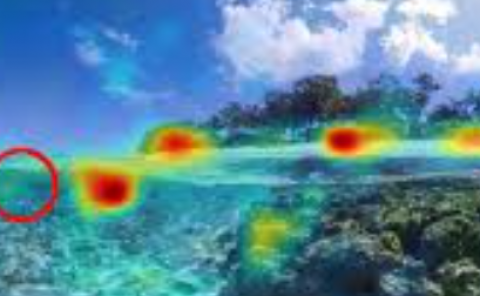Measuring presence: Hypothetical quantitative framework
PubDate: April 2018
Teams: Institute of Technology
Writers: Krzysztof Szczurowski ; Matt Smith
PDF: Measuring presence: Hypothetical quantitative framework

Abstract
Virtual Reality Head - Mounted Display (HMD) manufacturers claim that consumer electronics can finally deliver a high degree of presence in virtual and remote environments. Certainly, current consumer-grade HMD systems offer rich and coherent mediated experiences of such environments. However, the very concept of presence is still a subject of debate, and researchers’ investigation of the phenomenon of `presence’ is based primarily on qualitative (i.e. questionnaire-based) assessments. Some researchers attempted to develop real-time, quantitative methods to facilitate more objective investigation of presence in mediated environments. Most such methodologies are derived from attempts to correlate presence with cardiovascular and electrodermal activity in response to stressful stimuli [1]. Such methodologies often don’t comply with the underlying logic, fundamental to this approach: a high degree of presence manifests itself through similar responses to the stimulus observed in a physical and Virtual Environment (VE). Therefore, the lack of deviation from baseline measurement observed in a physical environment should be a manifestation of a high level of presence. We have argued theoretical grounds for the development of quantitative methodologies for measuring presence in VE. However, our hypothesis can be applicable to other contexts, such as presence in physical but remote location, augmented reality, and even a physical environment. We argue that the concept of presence requires further research and development and that the definition of presence should be addressed first. Presence is discussed in the context of brain function theory [2]. Three hypothetical experiments are proposed and described. The first experiment is designed to evaluate capacity of the medium for inducing presence. The second experiment evaluates factors loading on presence, through physiological deviations from baseline observed during controlled regression in quality of the VE properties. The third experiment is designed to evaluate brain function theory hypothesis in relation to Virtual Environments. Possible experiment results and their interpretation is discussed along benefits of adopting Open Science methodology in our research community.


